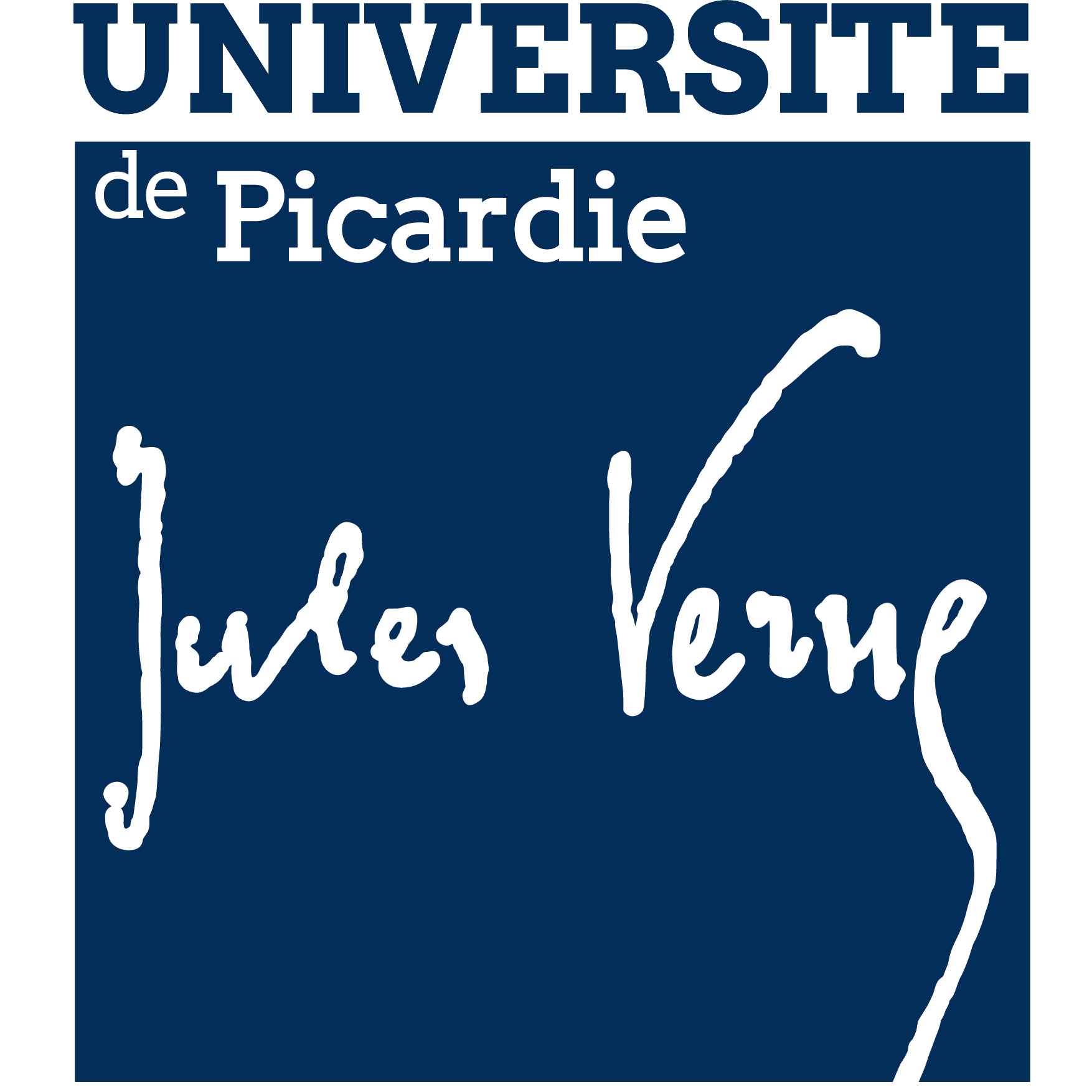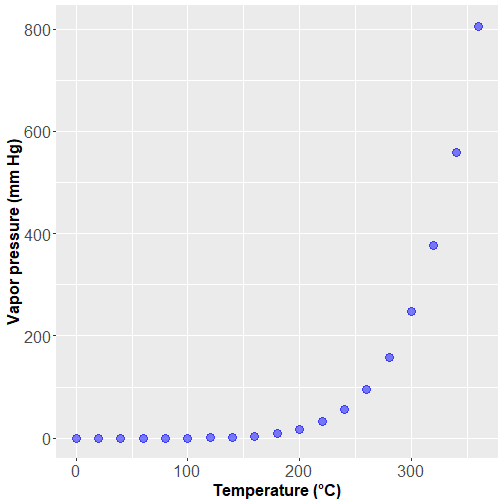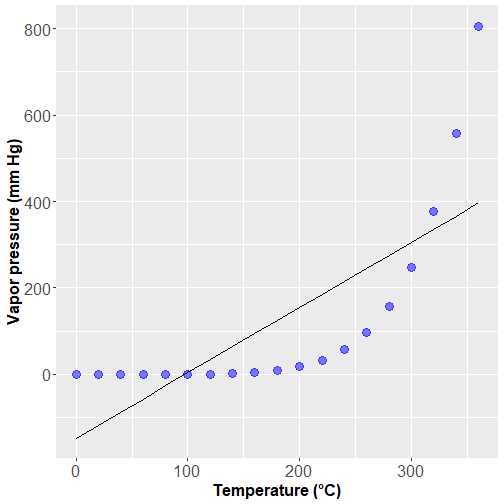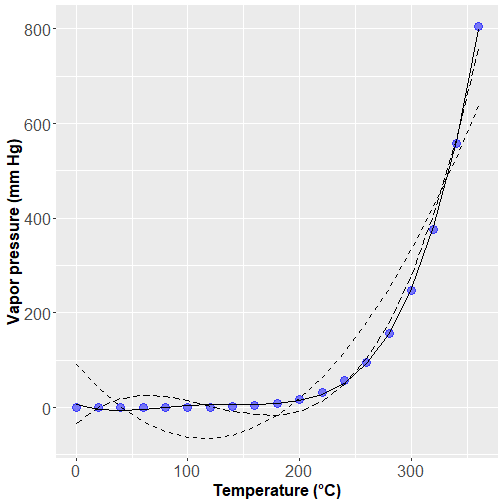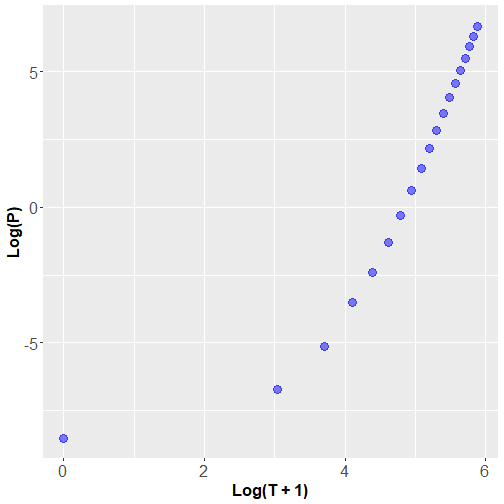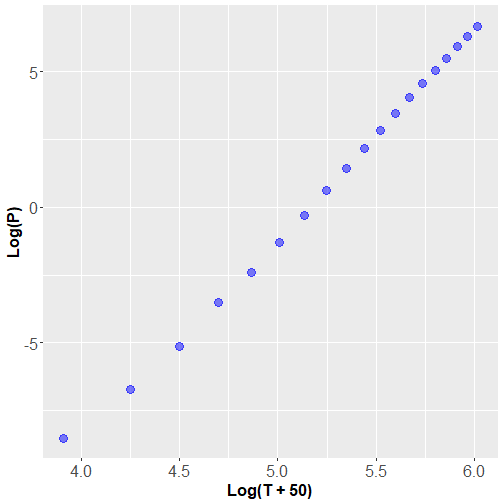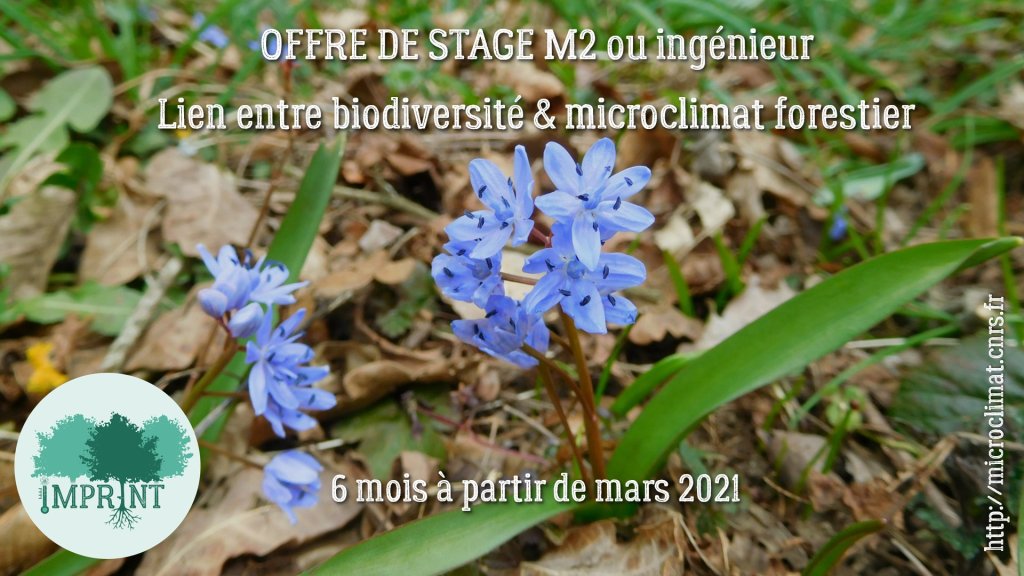Main objective
The EDYSAN lab seeks a postdoctoral candidate for a 24 months period to assess and model the influence of landscape features on air temperature beneath tree canopies. Landscape features not only involve distance to forest edges within landscapes where forest fragmentation is highly pronounced but also distance to water bodies in the context of riparian habitats such as river canyons and the associated effect of topographic convergence. Potential interaction effects between distance to forest edges and distance to water bodies, in the context of riparian corridors of varying width as well as isolated riparian woodlands of varying sizes, will be investigated too.
Some background
This call for a 2-yr postdoc position is funded by the French National Research Agency, the Agence nationale de la recherche (ANR), within the framework of the research project entitled “Impact of forest Management and Climate Change on understory Microclimate” (MaCCMic). In short, the chief objective of MaCCMic is to develop observation-based tools to identify the main factors influencing forest understory microclimate, as well as biophysical and ecological models to anticipate the impact of forest management (density, fragmentation, thinning, choice of species, understory removal, etc.) on forest microclimate and understory vegetation, notably in terms of climate extremes (drought, heat wave, late frost, flooding, etc.) under future climate change scenarios. The MaCCMic project is coordinated by Jérôme Ogée (ISPA, INRAE) and involves a large consortium of French scientists from Amiens, Bordeaux, Montpellier and Toulouse.
Within the MaCCMic research consortium, the EDYSAN lab, who will host the successful candidate, is involved in Work Package 2 (WP2) entitled “Impact of landscape features on understory microclimate”. Through past and ongoing projects, the EDYSAN team has already gathered a large amount of temperature time series recorded within the understory of several French forests (see Fig. 1), covering all forest stand succession stages, from young plantations to mature forests, to investigate the influence of stand structure and forest canopy dynamics on microclimate dynamics underneath tree canopies (De Frenne et al. 2021). Similarly, through close collaborations with a research group led by Pieter De Frenne, from Ghent University in Belgium, the EDYSAN team has also accumulated a lot of data and knowledge on the influence of forest edges on woodland understory microclimates (Meussen et al. 2021). However, air temperature at the interface between forests and water bodies, such as along riparian forests, remains poorly studied in comparison with existing research on the influence of canopy structure and forest edges on air temperature beneath tree canopies. If the cooling influence of riparian forests on water temperatures is a well known fact used in forest management and conservation biology (Moore et al. 2005; Wilkerson et al. 2006), the cooling effect of distance to water bodies on air temperature beneath tree canopies has been less investigated.

Main tasks
To achieve the main objective of this call, the successful candidate will benefit from existing time series of air temperature beneath tree canopies collected by the EDYSAN team across varying landscape contexts (urban, rural and managed forests) (see Fig. 1) as well as from other members of the MaCCMic consortium with whom the successful candidate will closely interact throughout the postdoc duration (Jérôme Chave, Sylvain Delzon, Jérôme Ogée, Frédéric Revers), including data from riparian habitats in the Ciron valley near Bordeaux (cf. Frédéric Revers). The successful candidate will also benefit from potential collaborations with research groups from outside the MaCCMic consortium to collect more data on air temperature beneath tree canopies and possibly close to water bodies. Potential researchers to contact and who are already interacting with the EDYSAN team are Juha Aalto, Romain Bertrand, Pieter De Frenne, Caroline Greiser, Kristoffer Hylander, Jonas Lembrechts, Rob Lewis, Eric Meineri, Sylvain Pincebourde, Pep Serra-Diaz and Koenraad Van Meerbeek.
The main tasks that are expected from the successful candidate are:
- Building a French database on air T°C beneath tree canopies;
- Installing microclimate sensors witin riparian habitats in northern France;
- Analysing the effects of distance to forest edges and water bodies on air T°C;
- Writing a scientific article to be published in an international journal.
Expected qualifications
A Ph.D. degree in ecology, forest sciences, vegetation sciences or any related fields. In general, the candidate we are seeking is expected to have the following skills and qualifications:
- Basic knowledge in microclimate ecology;
- Good programming skills, especially in using R;
- Cutting-edge expertise in modeling and statistical analyses;
- Proven abilities to publish at a high international level;
- Good oral and written communication skills in English;
- Rigor, curiosity, autonomy, abilities to work in group.
NB: Potential interactions and collaborations with other postdocs and PhD students working on forest microclimates or related fields within the EDYSAN team as well as within the MaCCMic consortium will be highly welcome and enhanced.
Where
At the UMR CNRS 7058 « Ecologie et Dynamique des Systèmes Anthropisés » (EDYSAN), UFR de Pharmacie, 1 rue des Louvels, 80039 AMIENS Cedex 1, France.
Duration and starting period
The postdoctoral position will last 24 months and should start during fall 2023, preferably in the beginning of October 2023 or later in 2023, but no later than January 8th 2024.
Gross salary
The total salary for the postdoc position throughout the 2 years is 88 800 EUR, which represents a gross salary of about 2 600 EUR per month. There is also some project money that can be used by the successful candidate for buying materials such as microclimate sensors as well as for paying travel expenses during field work missions or participation to meetings and conferences.
Others
A driving licence is necessary in case the successful candidate would like to set up new study sites or collect new microclimate data from existing study sites located within the Hauts-de-France region or elsewhere in France.
Application instructions
Please send your CV, including a list of recent publications, together with a cover letter and the contact information of 2 references to Jonathan Lenoir (jonathan.lenoir@u-picardie.fr).



